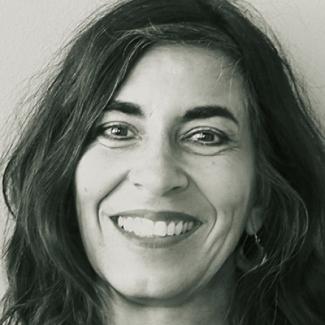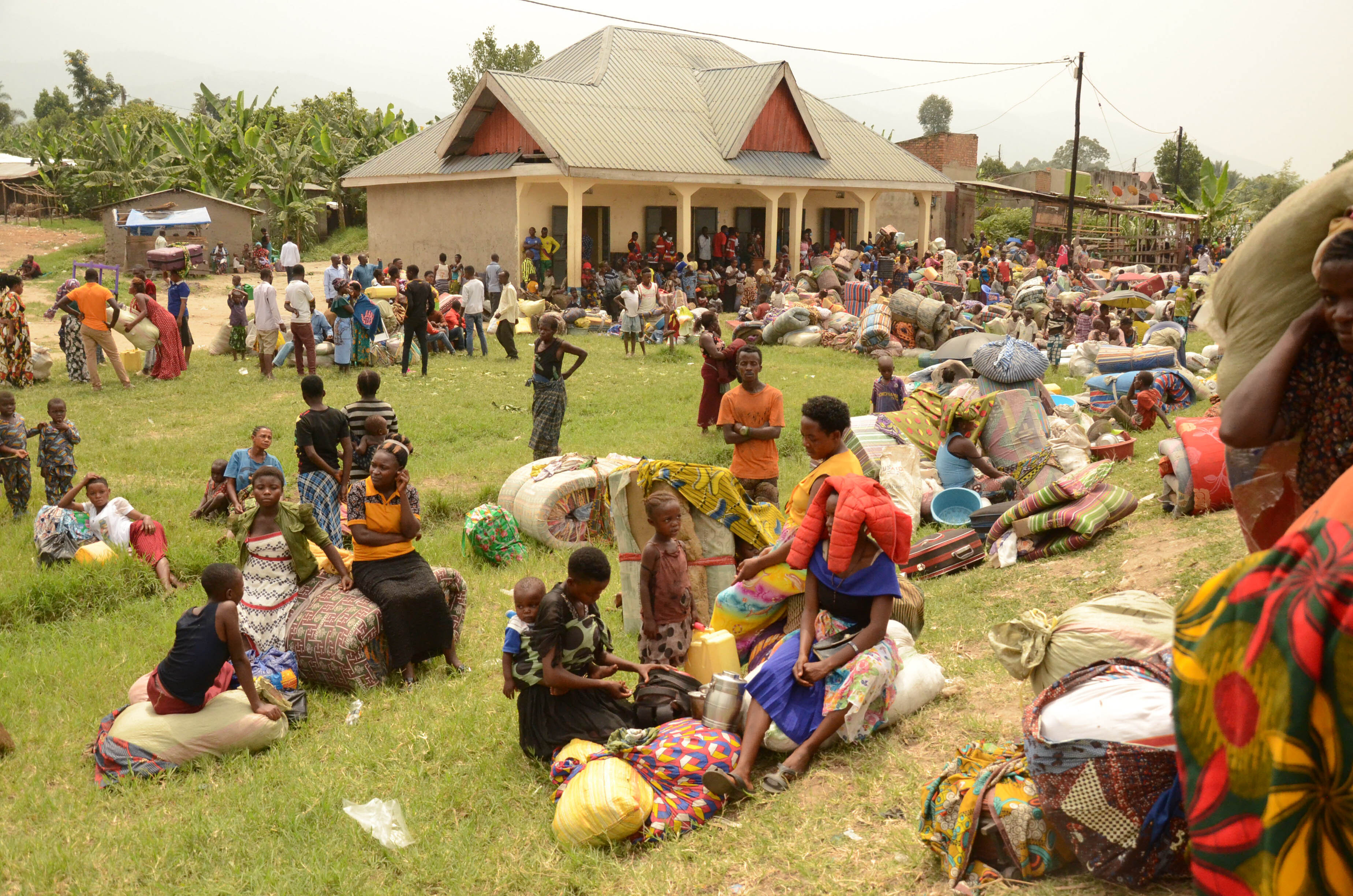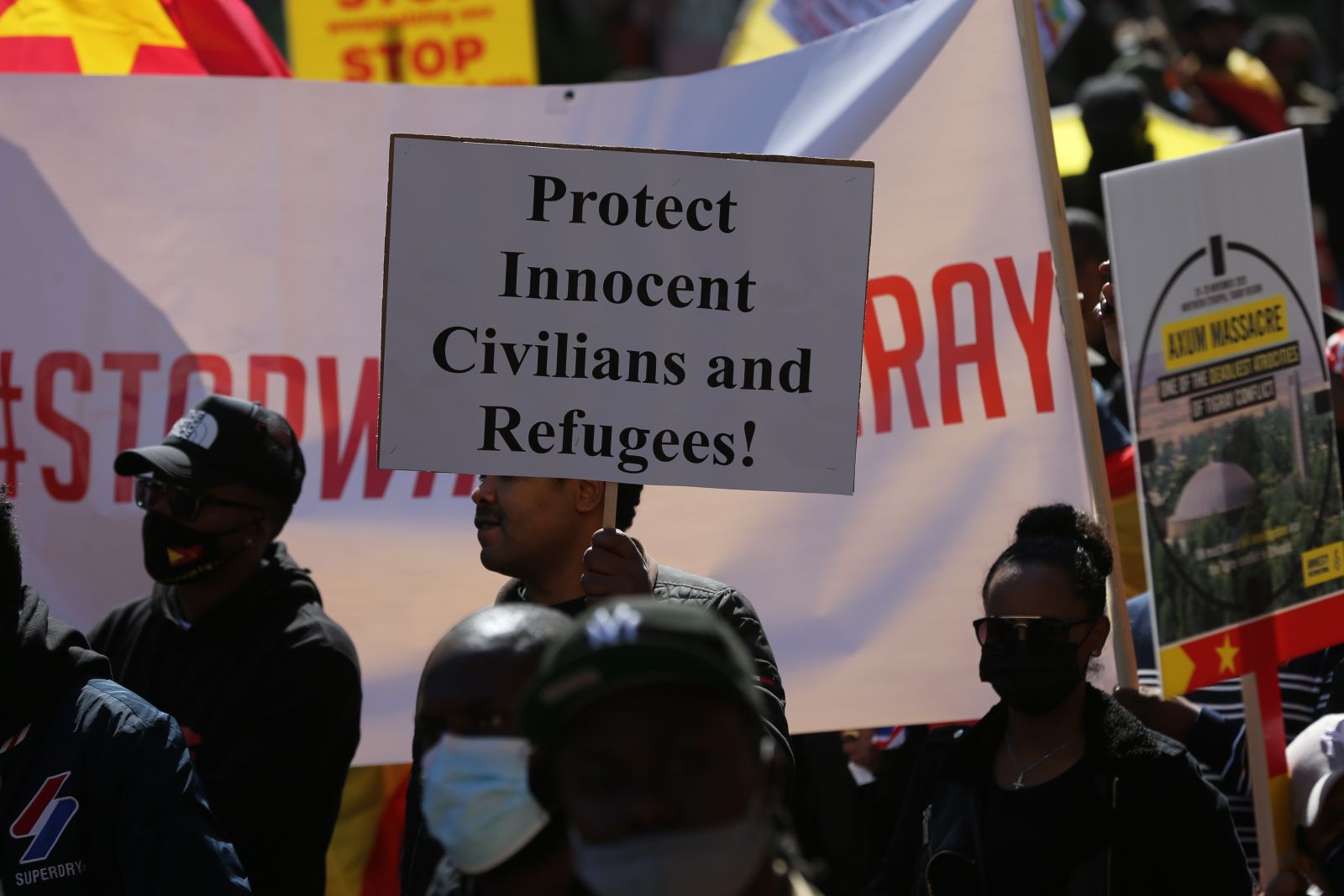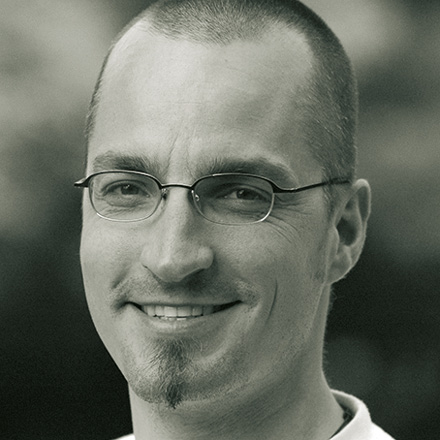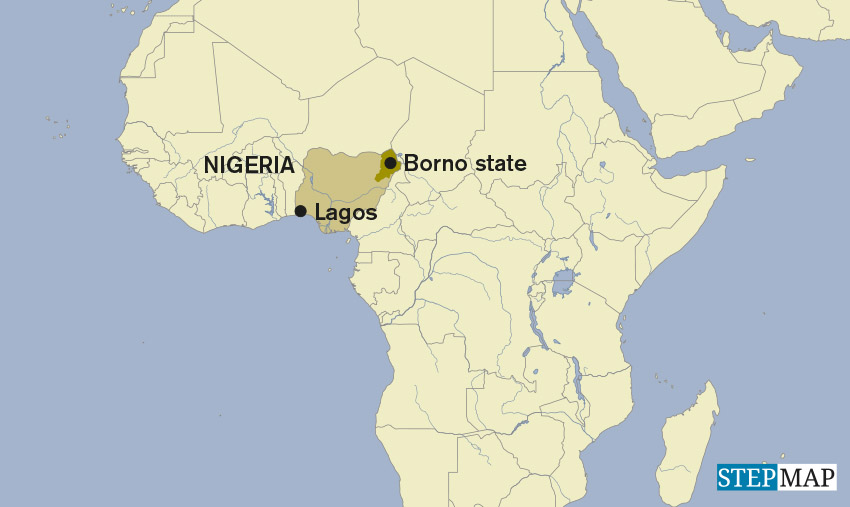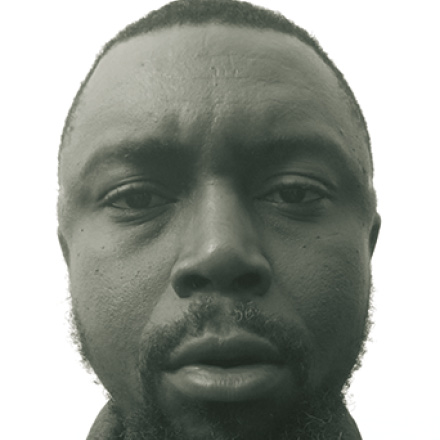Dealing well with mass displacement
In June 2017, the United Nations Refugee Agency UNHCR published the latest figures: 955,000 South Sudanese refugees live in Uganda. In the last six months, the number of South Sudanese living there has tripled. This state gives shelter to more than a million refugees, not only from South Sudan, but also from the DR Congo and other neighbouring countries. The biggest refugee camp in the world, Bidibidi, is situated in north of the country.
Remarkably, Uganda does not complain about “too many refugees”, about needing to “close the borders” or proclaiming a “maximum limit” of people allowed to enter the country. In short, Uganda does not behave like European countries – all of them with a lot more money and a lot less refugees.
Uganda’s open-door policy is called “integrated refugee response”: refugees don’t live permanently in camps, but they are free to move. Their economical independence is supported by giving them land and the basics to farm – the objective is self-reliance and resilience. Refugees are free to move and settle in the country. They have the right to work, open businesses and own land. They have equal access to education institutions and health services, just like the locals.
The “Comprehensive Refugee Response Framework” (CRRF) was judged as a “model and best practice” at the Refugee and Migrants Summit in September 2016 in New York. Uganda is considered a “frontline state” for this approach, which makes refugees part of the host community from Day One of their arrival.
Sadly, Europe behaves very differently. Some states, like Hungary and Slovakia, outrightly deny access to refugees, although by EU laws, they would be obliged to do so. Other countries take in too few refugees, like Britain; or if they do – like Germany –, there are many obstacles for the newcomers to settle and work in the country. There are many loud calls for “integration”, but very little is done to open the host societies, thus enabling the new migrants to merge and truly integrate.
The Mediterranean Sea is used as a gigantic frontline border to keep refugees from Syria or African countries outside Europe. In the attempt to cross, thousands of people drown each year – people who are fleeing from war, persecution and hunger. People who deserve to be sheltered, and who have the right to be sheltered. To call this a “shame” is putting it way too mildly: it is a crime.
Uganda, in contrast, has a truly humanitarian approach to forced migration. With the memory of the Lord’s Resistance Army (LRA) conflict still fresh, the country gives shelter to the refugees from its neighbour in the north, South Sudan. On average, 3,500 new refugees arrive per day; 85 % of them women and children.
This puts also pressure on the host society; resource competition and conflicts are becoming more frequent. The United Nations Country Team (UNCT) and the World Bank support the country financially on this issue; UNHCR sets up the refugee camps. However, refugees are strategically prioritised in the National Development Plan (NDP) of Uganda.
Europe should look to Africa, to Uganda in particular, as an example of how to deal well with mass displacement and forced migration – as an example regarding practical logistics, but also humanitarian attitude. Generations of the future will ask themselves why in 2017, rich countries of the north let refugees drown in the Mediterranean, while poor countries of the south gave shelter to millions.
